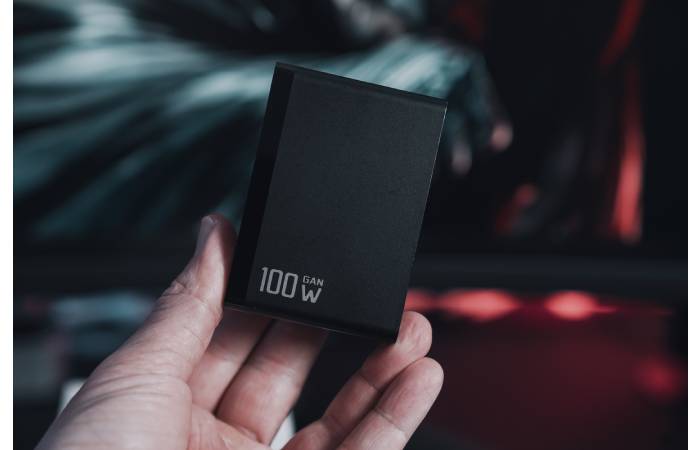Definition
Supercapacitors are typically used as energy storage devices. It can manage a large amount of energy storage. Supercapacitors store much electrical charge compared to electrolytic and conventional capacitors. The supercapacitor comprises electrodes with a large surface area and an excellent dielectric that allows substantial capacitance (ample charge storage). Supercapacitors typically store 10 to 100 times more charge per unit volume than electrolytic capacitors.
What Is The History Of Supercapacitors?
The first supercapacitor was developed in the year of 1980. Commercial supercapacitors are carbon-based with an alkali or alkaline earth metal electrolyte. Power of these devices The area of the plates is the factor that most influences their capacity. However, to increase it, you can increase its roughness and even add porosity. For this reason, the future of supercapacitors is graphene nanotubes, which have a more significant porosity than the carbon commonly used ones.
Supercapacitors Are Mainly Classified Into Three Types
- Double-layer capacitors
- Pseudocapacitors
- Hybrid capacitors
This absorbency also raises the rate of charge and release of the supercapacitor. Although the valuable life decreases with the capacity, this is not a problem since it has been seen that the average life is greater than 20 years without appreciable losses in voltage.
What Are The Advantages Of Supercapacitors?

There Are The Multiple Advantages and Benefits Of Supercapacitors. Due to their operation, they can be used in various sectors. They are an excellent alternative to replace batteries. They do not present toxic elements in their composition. It has been proven that graphene is easy to recycle and compostable. It could be left on the ground with other animate waste and composted. Supercapacitors are ideal for withstanding high voltage surges thanks to their charge and discharge function.
The capacitor Device consists of two conductive electrodes separated by an insulating material. The capacitor’s conductive plates are good conductors of electricity, so they easily allow the passage of electric present. On the other hand, dielectric (insulating) is a poor conductor of electricity, so it does not agree with an electric current passing through it.
When a voltage is proper to the capacitor such that the helpful terminal of the battery is coupled to the left side electrode or plate and the negative terminal of the battery is connected to the right side plate, positive charges accumulate on the capacitor. The left side electrode and negative charges accumulate on the right side electrode.
What Are Resources Stabilizer Of The Voltage Supplied By The Solar Panels?
Power source for starting large engines of war tanks and submarines. Regenerative Braking In Diesel Trucks And Locomotives
As if that were not enough, supercapacitors are adapting very well to their use in hybrid cars. Their large capacity and rapid discharge at 5 kW/kg make their use in hydrogen systems viable. We can find some examples of this energy storage technology in buses. However, schematically, we see a capacitor, with the two sheets = plates = armatures, and the dielectric between them. In the simplest version of the capacitor, nothing is put between the armatures, and they are left. A certain distance apart, the dielectric is said to be air.
Capacity: It is measured in Farads (F), although this unit is so large that several sub-multiples are often used, such as microfarads (µF=10-6 F), nanofarads (nF=10-9 F) and picofarads (pF =10-12F).
Working Voltage- It is the maximum voltage that a capacitor can withstand, which depends on the. Type and thickness of the dielectric with which it is manufactured. If this voltage is exceeded, the capacitor may puncture (become short-circuited) and explode. In this sense, care must be taken when choosing a capacitor so that it never works at a voltage higher than the maximum. As with resistors, it refers to the maximum error between the actual capacity of the capacitor and the capacity indicated on its body.
Polarity – Electrolytic capacitors and, generally, those with a capacity greater than one µF have polarity. The voltage must be applied to them, paying attention to their positive and negative terminals. Contrary to those smaller than 1µF, to which voltage can be used in any direction, those with polarity can explode if it is incorrect.
Conclusion
The capacitor is a technique that can keep energy in an electric field. The two similar frames that include separated by a dielectric material. It will have various characteristics, such as capacity, working voltage, tolerance, and polarity.As we are talk about the many advantages of supercapacitors. Their applications were able to consist of different parts. However it has many other which are very useful as very supportive.


